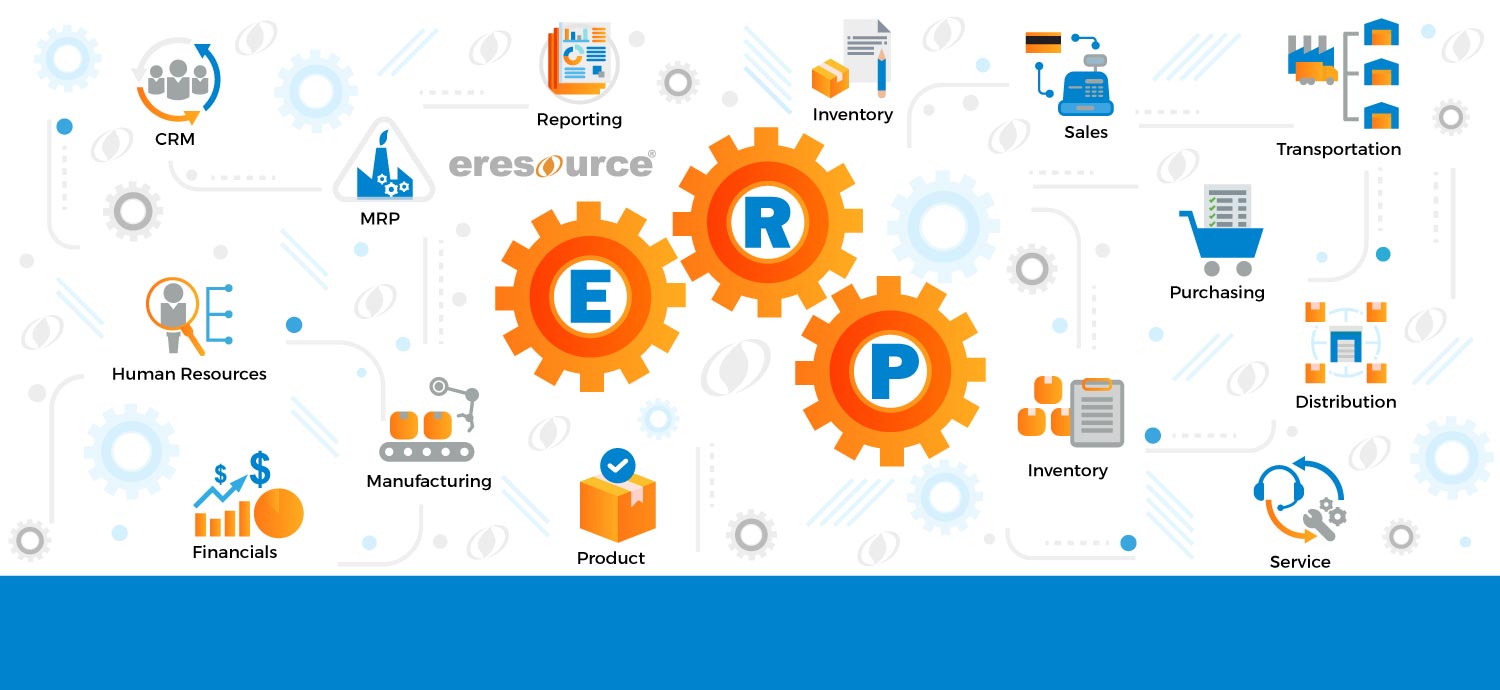Adopt global best business practices
Best practice is the process of finding and using ideas and strategies from other companies and industries to improve performance in any given area. Business has used best practice bench marking over the decades and realized billions in savings and revenues in all areas of business operations and sales.
‘As-Is’ best practice addresses or includes the present practice followed by the specific company which is planning to implement the changes required to keep itself in the league of other top companies in the industry. This is done in all functional areas like HR, Operations, Finance, and Maintenance. etc.
‘To be’ best business practices are generally the best practices which exist in the industry and have been refined over a period of time. Companies should aim at adopting their industry specific best practices for their future benefit. Preventive maintenance, activity-based costing etc. are considered as best practices.
‘To be’ best practice includes some of the practices which are already adopted globally and are taken as industry standards for swiftly operating businesses in a competitive global scenario.
Also Read – Significant changes in business after using cloud ERP software
Some of the best practices that can be adopted are as follows:
Information Liquidity
Much like cash liquidity, the liquidity of information is a measure of business success. In a successful company, data flows smoothly and information is transformed into economic value. Information liquidity is obtained by integration of processes and systems at all levels. Integration should be the driving force behind design, methodology, development and deployment of all IT systems.
Availability
As most companies become more and more dependent on IT, it is very important to ensure the maximum availability of the eservices. This does not mean that all IT systems have to be absolutely flawless and foolproof, but good through has to be given to what could be the consequences for the company if all or part of the IT services are temporarily unavailable, and what can be done to minimize these consequences.
Market changes constantly and so does legislation and technology. It is said that the product life cycles and their time to reach the market are getting shorter and shorter. As a consequence, IT systems have to be built for maximum agility. Cross-compatibility, reuse and lightweight functionality are the ideas to be considered.
Especially in times of economic slowdown, the costs of IT are under constant scrutiny. Unfortunately, it is very difficult to quantify the benefits of IT in terms of money and it is relatively meaningless to approach IT investments singularly from an accountant’s point of view. These costs also have to be related to non-quantifiable benefits for the company.
Also Read – How ERP software is beneficial for pipe manufacturing industry
Categories
Register for Free Demo!
Recent Post
-

eresource ERP 360 - an
11th Apr 2019 -

A competitive ERP system for
17th Apr 2019 -

Auto components manufacturing industry has
17th Apr 2019 -

Make the best use of
17th Apr 2019






